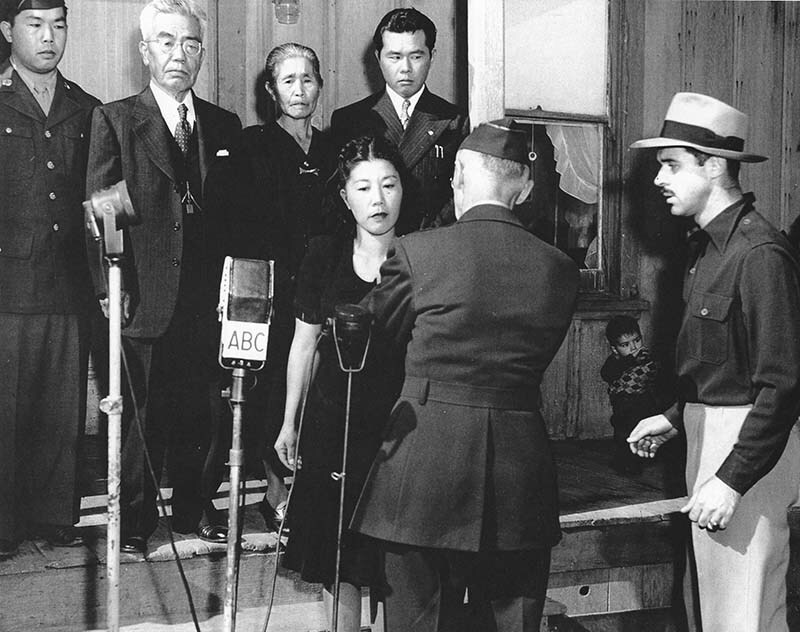Who Were the Masudas? This O.C. Middle School Hides a Legacy of Japanese American Resistance

In 1975, a school was dedicated to Kazuo Masuda, a Nisei (second-generation Japanese American) who served in the famed all-Japanese American 442nd Regimental Combat Team during World War II. The Kazuo Masuda Middle School website explains that it "bears the name of a hometown boy who helped write one of the shining chapters in American history." The school's version of this "shining chapter" omits the imprisonment of Masuda's father on suspicion of "subversive activity" immediately after Japan's attack on Pearl Harbor, incarceration of the Masuda family while their sons were serving in the 442nd, hostility faced by his sister upon returning to Orange County to reclaim their family farm and the denial of burial of his remains by Westminster Memorial Park.
Kazuo Masuda's father, Gensuke Masuda, came to Orange County in 1898 and became a farmer, leasing land until he was able to purchase his own, just before the racist Alien Land Laws prohibited Japanese Americans from land-ownership. During World War II, the Masuda family were among the 120,000 Japanese Americans along the West Coast forced to leave their homes and sent to concentration camps in Jerome, Arkansas and Gila River, Arizona. They were incarcerated from 1942 to 1945. During this time, Kazuo was killed in action in Italy.
Explore some of the spaces in Orange County shaped by conservatism and activism. Click on the starred map points to read more in-depth stories.
When Kazuo's sister Mary Masuda returned to Orange County to assess the family farm in 1945, she faced hostility and threats of violence by neighboring farmers. The terrorizing of Japanese American returnees in rural areas was not an isolated incident faced by the Masudas. Dozens of incidents of shootings, arson and vandalism were endured by Japanese Americans in California in the immediate postwar years.
In the middle of the war, at a time when few Americans stood up for the rights of Japanese, General "Vinegar" Joe Stillwell came to Orange County and publicly presented Mary Masuda with her brother's posthumous Distinguished Service Cross for his bravery in combat, standing in front of news cameras and neighbors, in order to stand up for the Masuda's right to live here.
In 1948, Kazuo's body was brought back to Orange County, but Westminster Memorial Park cited a covenant that denied the nicer burial plots to people of Japanese descent. After another intervention by General Stillwell, the cemetery finally gave Kazuo Masuda a "tree and lawn" burial plot which became an important place for Japanese American veteran groups to gather in tribute to the injustices endured by Japanese Americans, as well as their contributions to American progress.
Although Masuda Middle School does not tell this to their students, the Masuda name signifies not just a single military hero, but a family of activists who successfully resisted discrimination.




